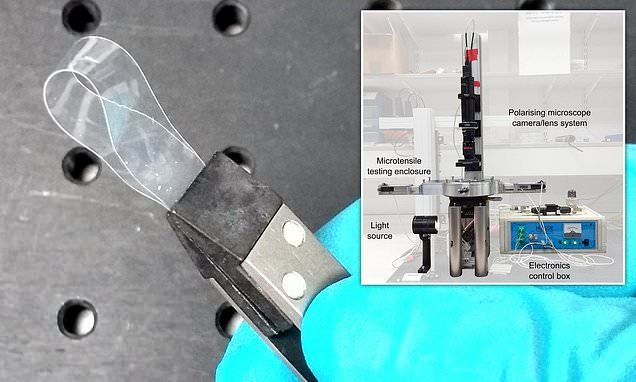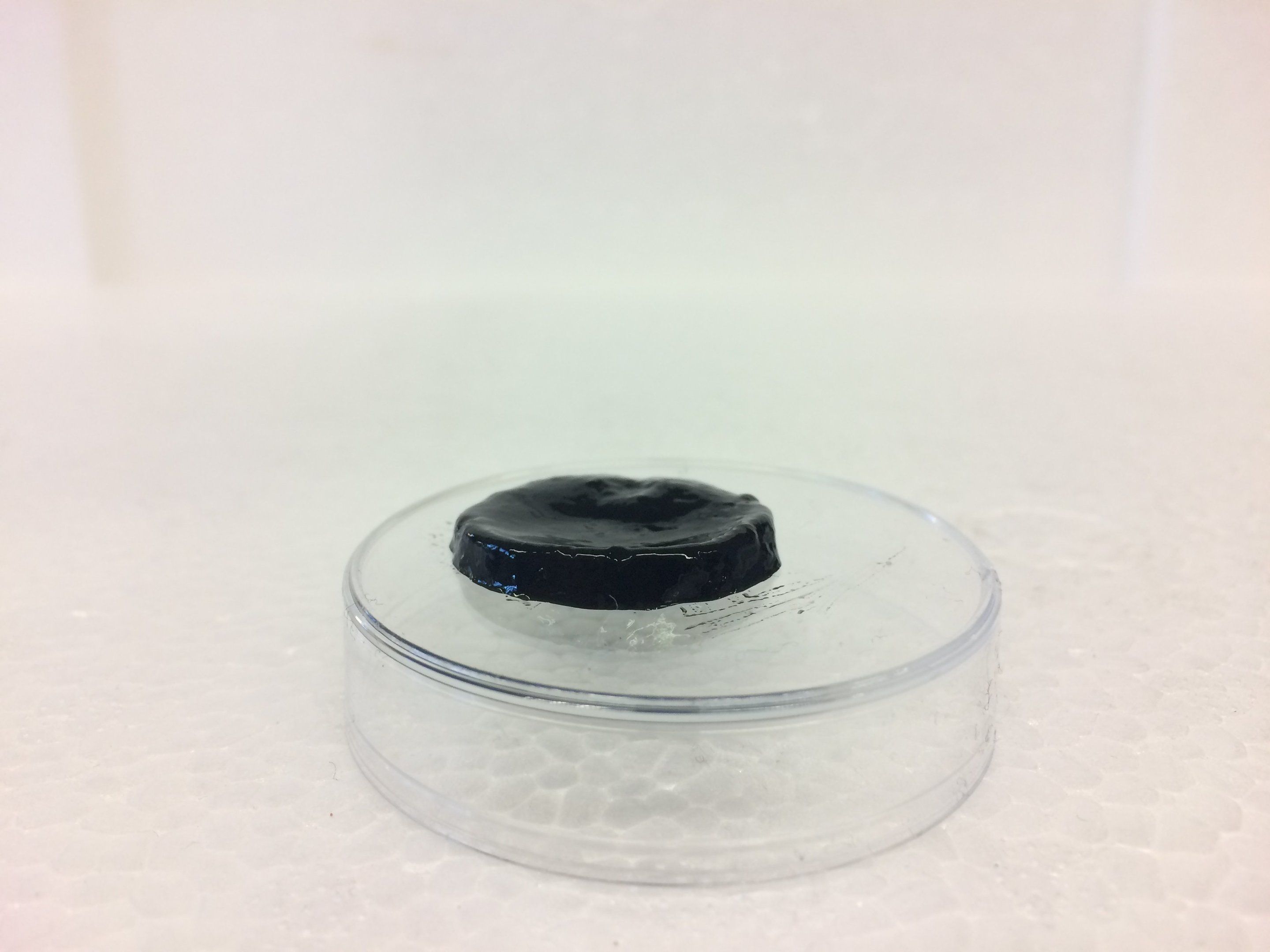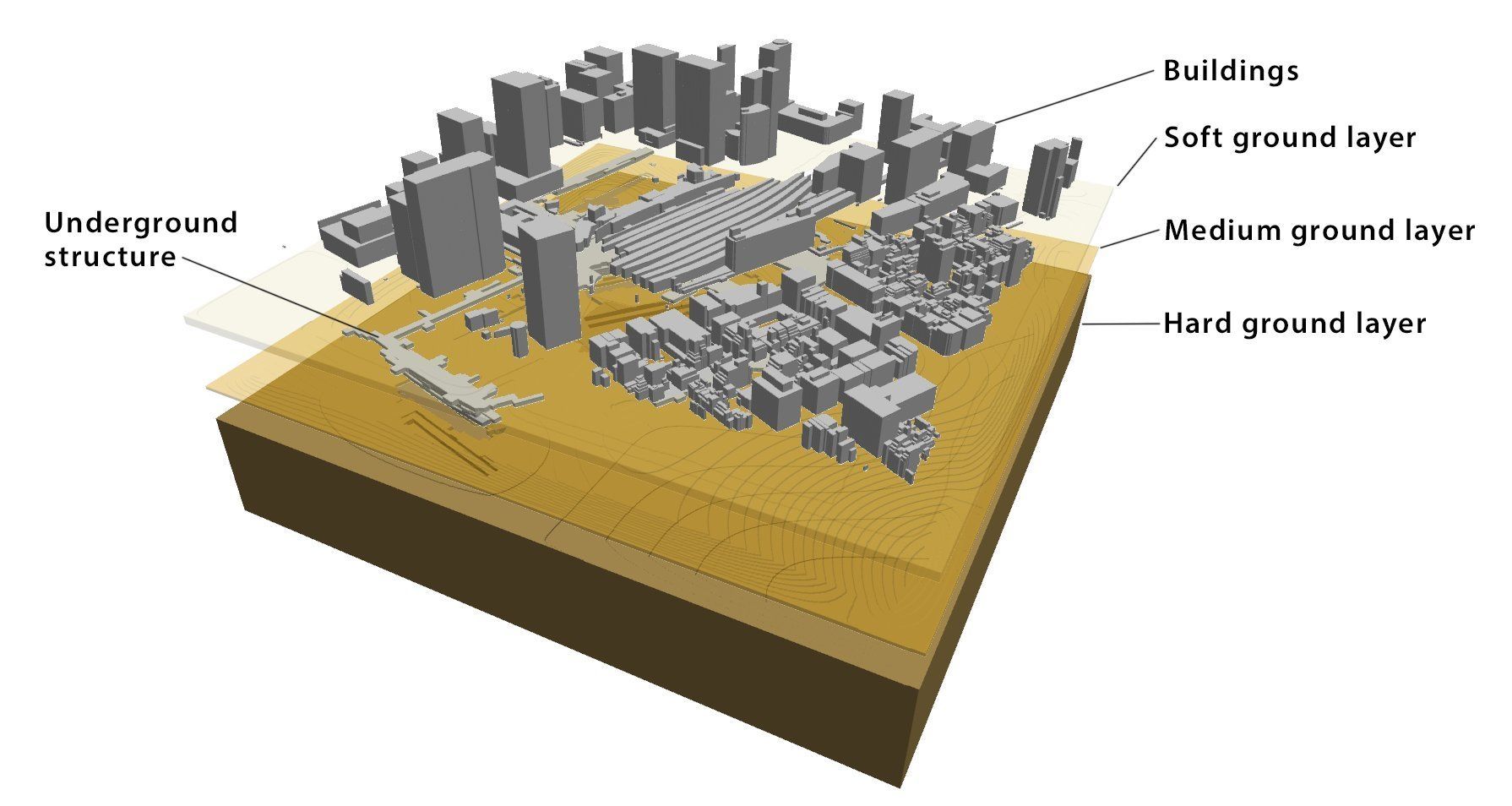The discovery by researchers at the University of Leeds marks a major breakthrough which has eluded material scientists for more than 30 years.
The ‘auxetic’ stretching property, which is found in human tendons and cat skin, had only been recreated using conventional materials.
The new material could pave the way for commercially viable products as creating it does not involve expensive, complex engineering processes such as 3D printing, according to the findings published in the journal Nature Communications.









